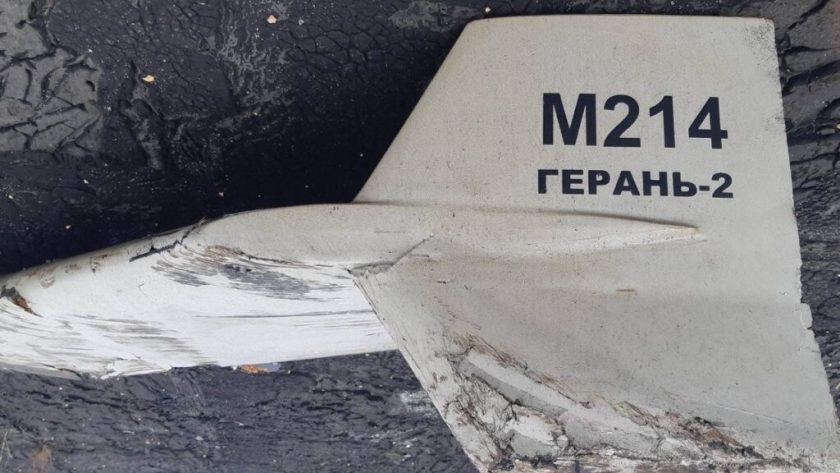Social media posts recently from Victory Drone – a Ukrainian drone developer and training company – reveal interesting developments surrounding the defeat of a mass attack mounted by Russia recently, using scores of Shahed-136 drone (see earlier Unmanned Airspace report here).
SIM cards from Ukraine telecoms company Kyivstar were found inside some of the drones shot down by Ukrainian forces. The company suggests this would enable Russian operators to track the drones and gain additional navigational information. “On the night of the extreme mass attack of the Shahed, we intercepted a strong signal from the air as the Shahed flew through observation points,” the company stated on its Telegram account. “Several downed bombs were equipped with LTE mobile modems with MIMO antennas. Everything was mounted on tape.” The statement went on to conclude that the evidence pointed to experimentation by Russia rather than the results of series production of a new capability.
One possible motivation for such a modification lies in Russia’s continued attempts to find methods of circumventing the effects of GPS-denial tactics by Ukraine. Periodic updating of the drone’s position via cell towers, for example, would help refine navigation and terminal attack calculations. That, and the ability for the drone to send burst transmissions back to the operator containing important updates, could provide significant advantage in the current spate of attacks – especially when the attack drones are operating in an urban environment, where cell coverage can be expected to be reasonably robust. In addition, Russia’s relatively poor forward reconnaissance abilities mean that bomb damage assessment is often difficult, so knowing a drone has reached its intended target will help with intelligence analysis and tactical planning. The presence of such functionality in the current generation of Shahed-136 may be harbinger of further developments to come, as Russia gears up to produce the Geran-2 variant of the Iranian drone in Yelabuga (see Unmanned Airspace report here).
Whatever the intention, however, the emissions from an active SIM card can be quite easily picked up by electronic support measures (ESM), providing geolocation and limited directional information, thus offering advanced warning and alerting for air defence forces. This, indeed, may have been a contributory factor to Ukraine’s apparent success in defeating the recent mass attack: the Ukrainian armed forces claim to have downed “74 out of 75” Shaheds involved in the attack. As Russia seeks to improve performance, lethality and survivability of its drones – which constitute an increasingly important component of the conflict in Ukraine – it must do so without increasing vulnerability as a result of technology insertion. Which this innovation – apparently – fails to do.
(Image: A Shahed-136 bearing Russian markings identifying it as a Geran-2. Credit: Ukraine social media)
Tim Mahon is Publishing Director, Counter-UAS for Unmanned Airspace




